Keep the chain intact by assuring you document any discussions or promises made. The small promise a salesperson makes to the customer but forgets to share with the installation team might derail a project and undermine trust in your company.
Once you have the proper diagnosis, the scope of work, and clear communication between all parties, it’s time to complete the job. Most customers have never seen anything like this, so put on a show and keep the work area clean and organized.
Be prepared to adjust when unexpected issues pop up. That means don’t price the project so tightly you don’t have room for changes.
Once your Custom Air Upgrade work is complete, it’s time to verify the project’s success. Measure static pressures, airflow, temperature, refrigerant charge, and combustion. Any work should have the same test procedures done during a test-out once the work is
complete.
Compare test-out results to test-in measurements to prove your work did the job, or uncover the need for adjustments. Provide a report of the job details with photos as an assurance policy that the customer got what they paid for. It’s a nice touch to finish the job.
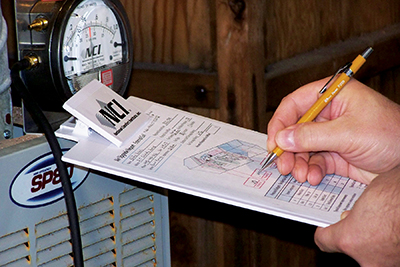
Follow a SMART(R) Approach
Many people use the SMART(R) method to achieve goals. It’s an acronym that describes difficulty and priority levels when working towards implementing a process or product.
It first appeared in a 1981 magazine article written by consultant George T. Doran, and it’s gained popularity ever since.
I changed Doran’s model to fit the needs of High-Performance HVAC professionals looking to succeed with Custom Air Upgrades. The SMART(R) approach includes six questions to ask as you work to implement Air Upgrades in your company. These questions act as a guide to help you gain momentum and often reveal unseen obstacles before you encounter them.
- Simple – How easy can we make the Air Upgrade process?
- Measurable – What measurements are necessary for what we want to achieve?
- Appropriate – Will an Air Upgrade solve the problem, or are more advanced repairs needed?
- Realistic – Can we achieve what we promised the customer?
- Time frame – How long will the Air Upgrade take?
- Results – Can we realistically meet the customer’s expectations?
Considering the benefits of Air Upgrades to your company and customers, consider these two additional questions.
- What skills do I need to sharpen to ensure successful Custom Air Upgrades?
- How can I make SMART(R) adjustments to our installations and service calls? Are we missing opportunities to serve customers better?
These challenging questions require you to be honest and do some soul-searching. It takes courage to move beyond the traditional pattern of “box-swapping” and become High-Performance HVAC Craftsmen.
As you think, you’ll likely find your company has many of the pieces it needs to offer this premium product to your customers.
Why not commit to elevating your company and level of service?
Based on David Richardson’s NCI Summit 2022 Presentation

This article is based on a presentation given by David Richardson at National Comfort Institute’s 2022 High-Performance HVAC Summit in Scottsdale, AZ. The session was titled, “How to Create Customer Air Upgrades.”
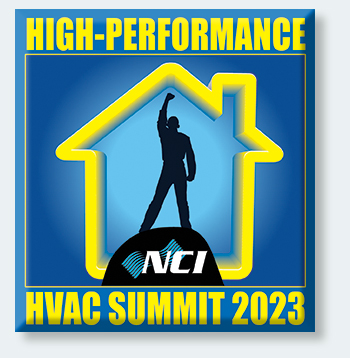
If you didn’t attend the 2022 Summit, you should plan to join us in Branson, MO for the 2023 High-Performance HVAC Summit (April 16-20).
You can learn more about upcoming sessions, special events, registration savings for members and more at www.gotosummit.com. You can also register and book your hotel rooms now.
David Richardson is NCI’s director of training. You can reach him at ncilink.com/ContactMe with any questions.


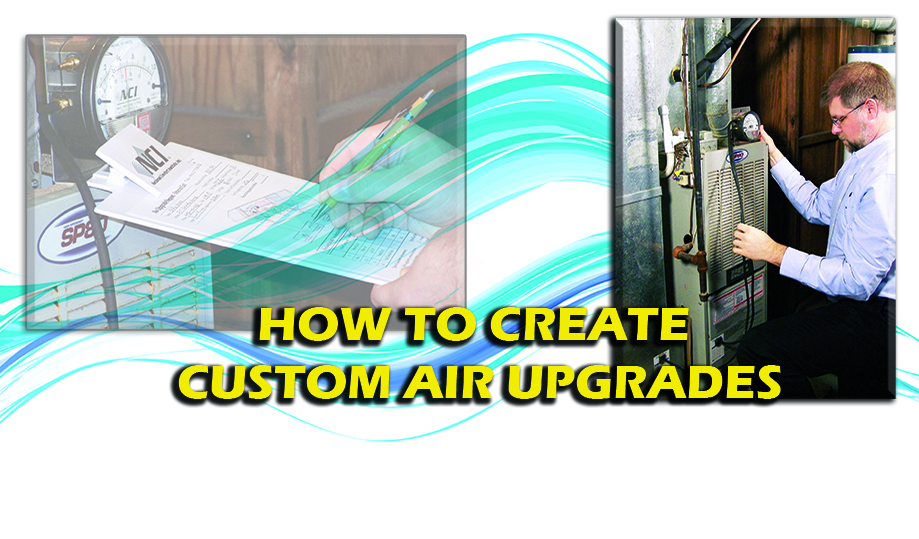
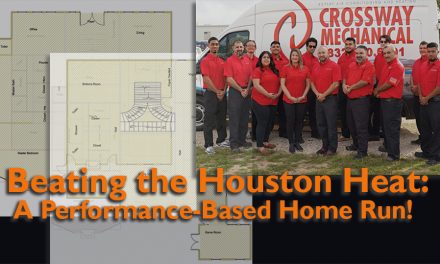
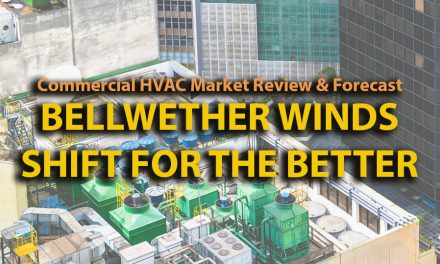
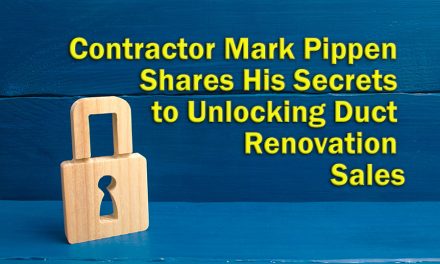







Recent Comments